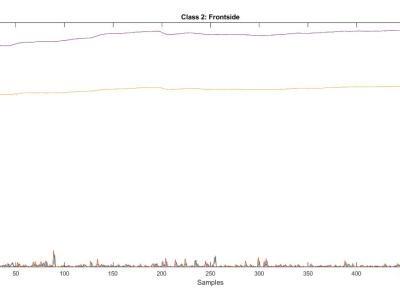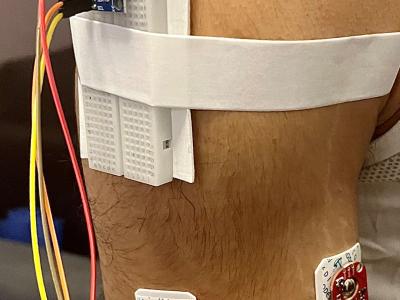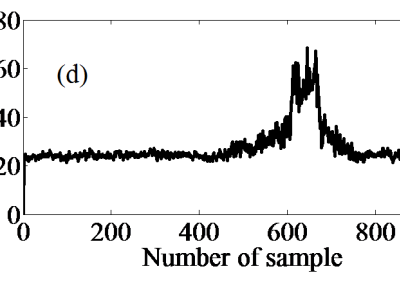
This dataset contains electrocardiography, electromyography, accelerometer, gyroscope and magnetometer signals that were measured in different scenarios using wearable equipment on 13 subjects:
- Weight movement in a horizontal position at an angle of approximately 45°.
- Vertical movement of the weights from the table to the floor and back.
- Moving the weights vertically from the table to the head and back.
- Rotational movement of the wrist while holding the weights with the arm extended, see Figure ~\ref{fig2}.
- Categories:




